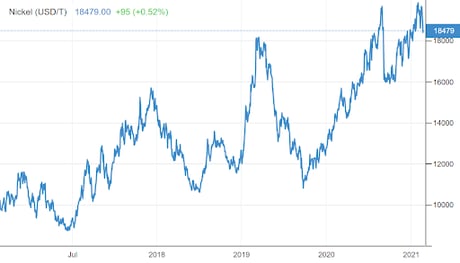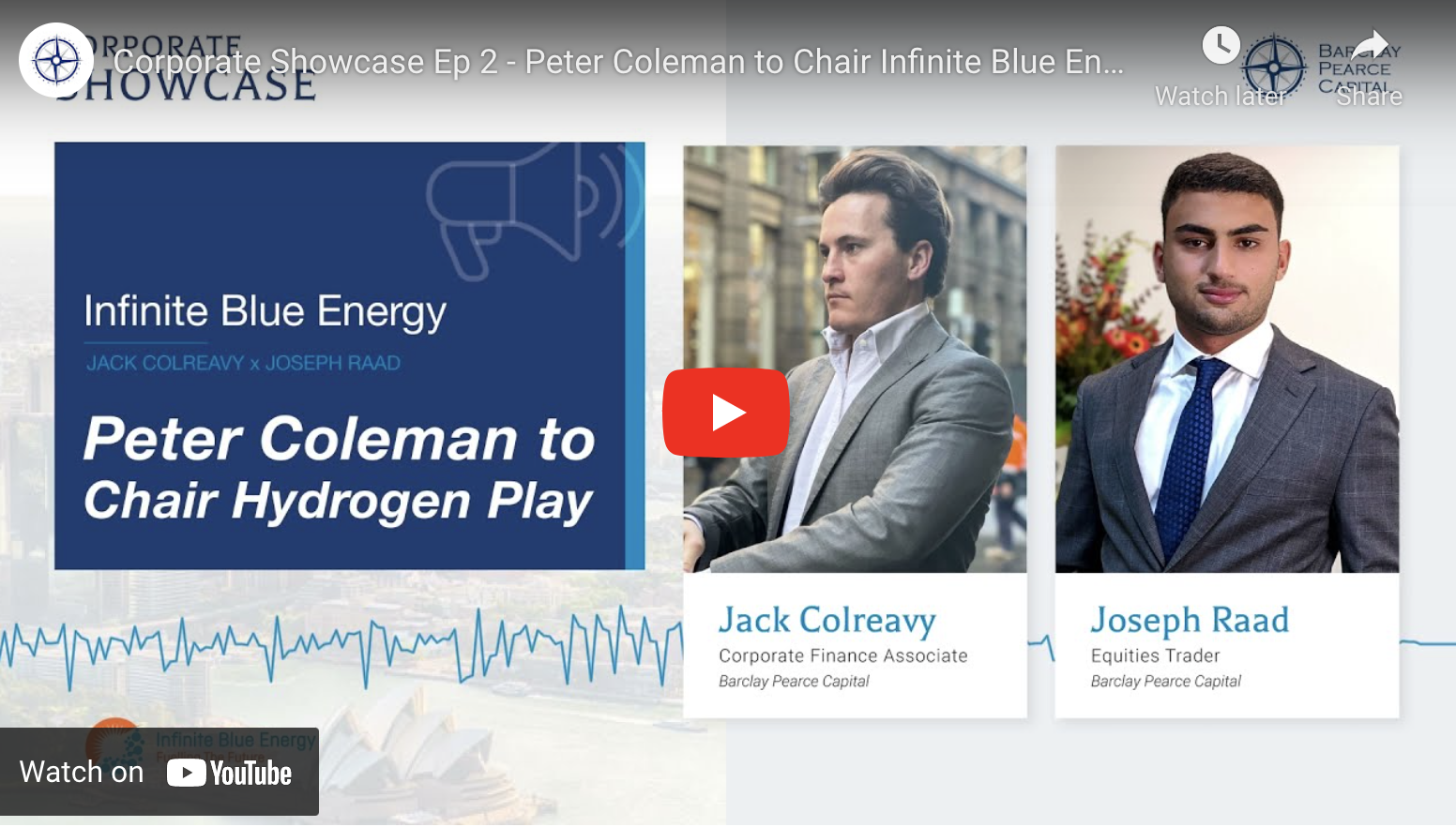Jack Colreavy
- Aug 31, 2021
- 5 min read
ABSI - The demand for battery metals is spelling the death of coinage
Every Tuesday afternoon we publish a collection of topics and give our expert opinion about the Equity Markets.

The electrification of the future has resulted in a surge in demand for the raw materials required for renewable energy and battery storage. Possible collateral damage from this new trend may be coinage. ABSI looks at when the likely demise of the humble five-cent piece may occur.
For thousands of years, human civilisation has been using metal as a means of currency and exchange. While we recently reached the (unfortunate) 50th anniversary of the United States removal from the gold standard and countries now using a fiat money system, there is still an inherent cost when minting coins such as labour and materials. When the inherent cost of producing a coin is more than its fiat value then its days of circulation are numbered, just ask the Australian one and two-cent coins.
Today in Australia, our ‘silver’ coins are made from 75% copper and 25% nickel while the ‘gold’ coins are made from 92% copper, 6% aluminium, and 2% nickel by the Royal Australian Mint. While our gold coins have never contained gold, our original 50 cent coin was made of 80% silver before the cost of the metal forced a change in 1966.
 "This inflation of cost is starting to occur again for base metals due to the burgeoning demand for renewable energy and battery storage."
"This inflation of cost is starting to occur again for base metals due to the burgeoning demand for renewable energy and battery storage."
Jack Colreeavy, Corporate Finance Associate
Battery chemistry comes in an array of combinations depending on its intended use but the most famous form is the rechargeable lithium-ion (LiOn) battery. This is the battery of choice for electric vehicle (EV) and battery storage manufacturers and the key driver behind the surge in demand for battery materials. Importantly, the cathode combination for these EV LiOn batteries is NMC which is 60% nickel, 20% manganese, and 20% cobalt. However, due to the high price and ethical source of cobalt, battery manufacturers are switching this chemistry to use less cobalt and more nickel. In fact, at the 2020 Tesla Battery Day event, Senior VP for Powertrain and Energy Engineering, Drew Baglino, told crowds that “Nickel is the cheapest and the highest energy density metal...that’s why increasing nickel is a goal of ours.”
This bullish sentiment is reflected in the current price of nickel which traded over US$19,000/T in August 2021, a 6 year high from the lows of US$8,900/T in June 2017. Copper hasn’t been lagging either with all-time record highs of US$10,460/T experienced in May 2021 due to its use in EVs, wind turbines and solar panels adding to the existing use in mainstream electronics, housing and, of course, coinage. While the price has drifted back, it's still trading over US$9,000/T which is materially higher than in recent years. What all this means is that it now costs more than $0.05 to make a five-cent coin and the same can be said for the ten-cent coin.
Couple the surge in commodity prices with the rise of digital payments and we have a perfect storm for low-denomination currencies going the way of the dinosaurs. Notably, in May 2021, the Commonwealth Bank of Australia released new data on digital wallets and transactions. The key statistics include the number of transactions increased 90% to 68 million with the total monthly value of transactions increasing 110% to A$2.1B. This trend is set to continue strongly, accelerated by the current Covid pandemic.
The extinction of physical currency will be a slow process but is inevitable. Already the RBA is planning for the future, with a submission to the senate committee on Australia as a Technology and Financial Centre stating that exploration into tokenised assets on blockchains for wholesale purposes was taking place. However, the RBA leaders are adamant that an Australian central bank digital currency (CBDC) is still far away with more research on the pros and cons still needed. Regardless, in the short term, my eyes will be on our little silver echidna and how long he lasts in circulation.
Peter Coleman to Chair Infinite Blue Energy
Peter Coleman being named the new Chairman of Infinite Blue Energy has sparked a conversation between our Corporate Finance Associate, Jack Colreavy, and our Equities Trader, Joseph Raad, in our most recent 'Corporate Showcase' podcast.
We offer value-rich content to our BPC community of subscribers. If you're interested in the stock market, you will enjoy our exclusive mailing lists focused on all aspects of the market.
To receive our exclusive E-Newsletter, subscribe to 'As Barclay Sees It' now.
Share Link








